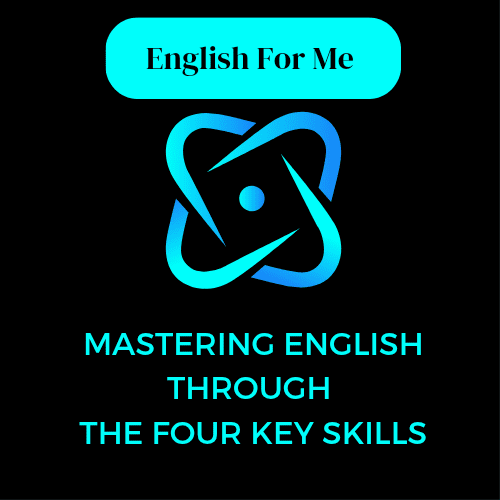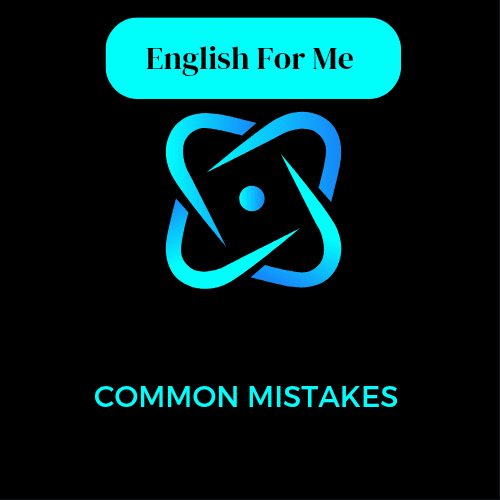Every one should aim at mastering English through the four key skills.
Learning English can be a fulfilling and empowering journey. To truly master the language, one must focus on four key skills: listening, speaking, reading, and writing. Each skill complements the other, creating a holistic approach to language acquisition. By dedicating time and effort to these areas, anyone can improve their English proficiency and confidence.
1. Listening:
Listening is a skill, and mastering it is key to becoming an effective speaker. A good listener naturally becomes a good speaker. Dedicate at least 20 minutes in the morning and another 20 minutes in the evening to listening to English. This daily practice will greatly improve your comprehension and speaking ability.
2. Speaking:
Speaking daily is essential to achieving fluency. Many people hesitate to speak out of fear of making mistakes or being judged. Remember, mistakes are a normal part of learning. Focus on expressing yourself rather than being perfect. To improve, surround yourself with friends who also want to practice English and engage in conversations with them as often as possible.
3. Reading:
Reading is a skill that requires focus, not just quantity. Instead of reading large amounts without understanding, focus on reading smaller sections carefully. For example, read just two pages and concentrate on understanding the content. Once you understand it, you won’t need to memorize it.
4. Writing:
After reading, select 8 to 12 grammatically correct sentences from the material and write them in your notebook. Review these sentences frequently. Instead of memorizing individual words, focus on remembering the complete sentences. This approach will help you use them naturally and quickly in conversations.
Mastering English is a step-by-step process that requires dedication to listening, speaking, reading, and writing. By incorporating these skills into your daily routine, you can steadily improve your proficiency. Remember, consistency is key, and every effort you make brings you closer to fluency. Embrace the journey, and success will follow.









